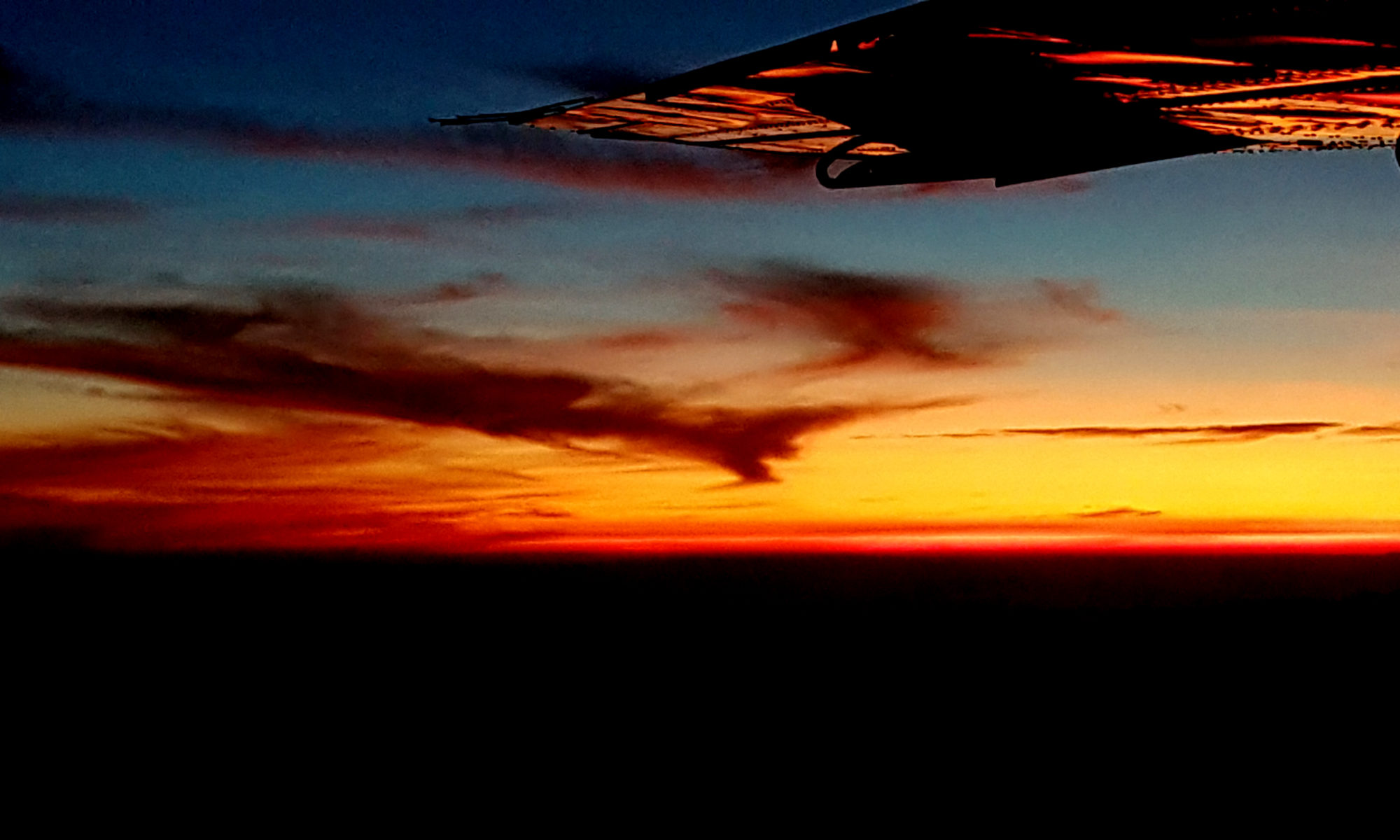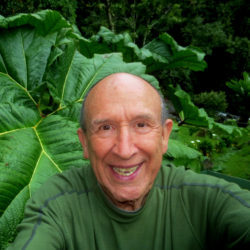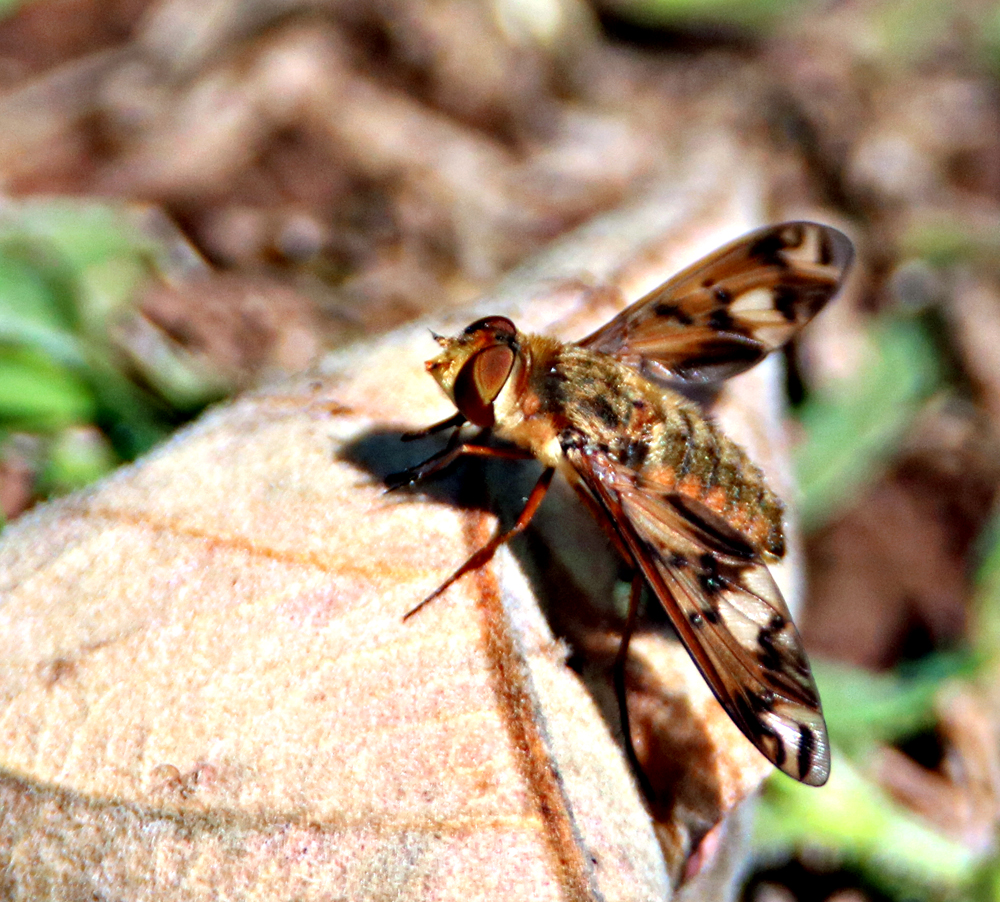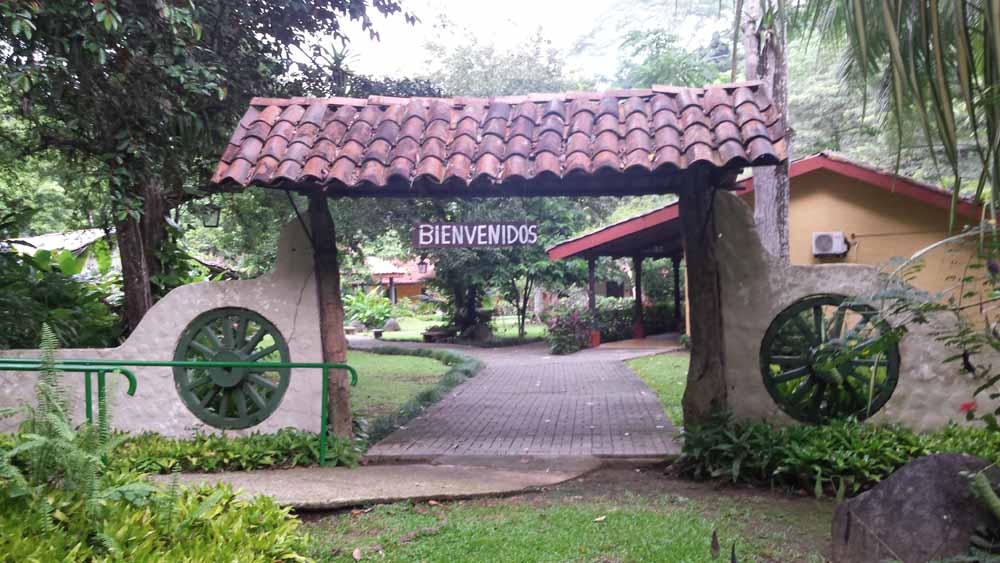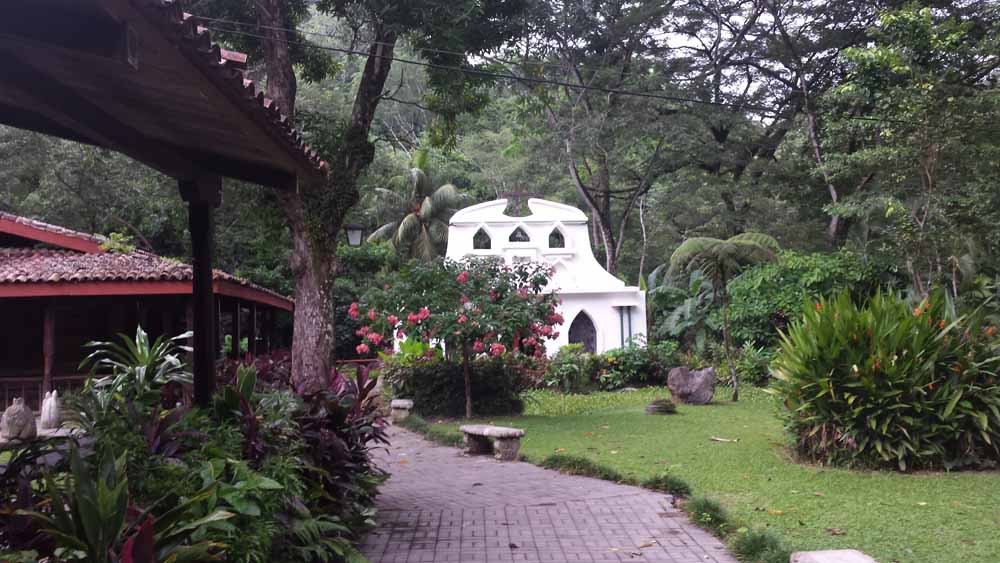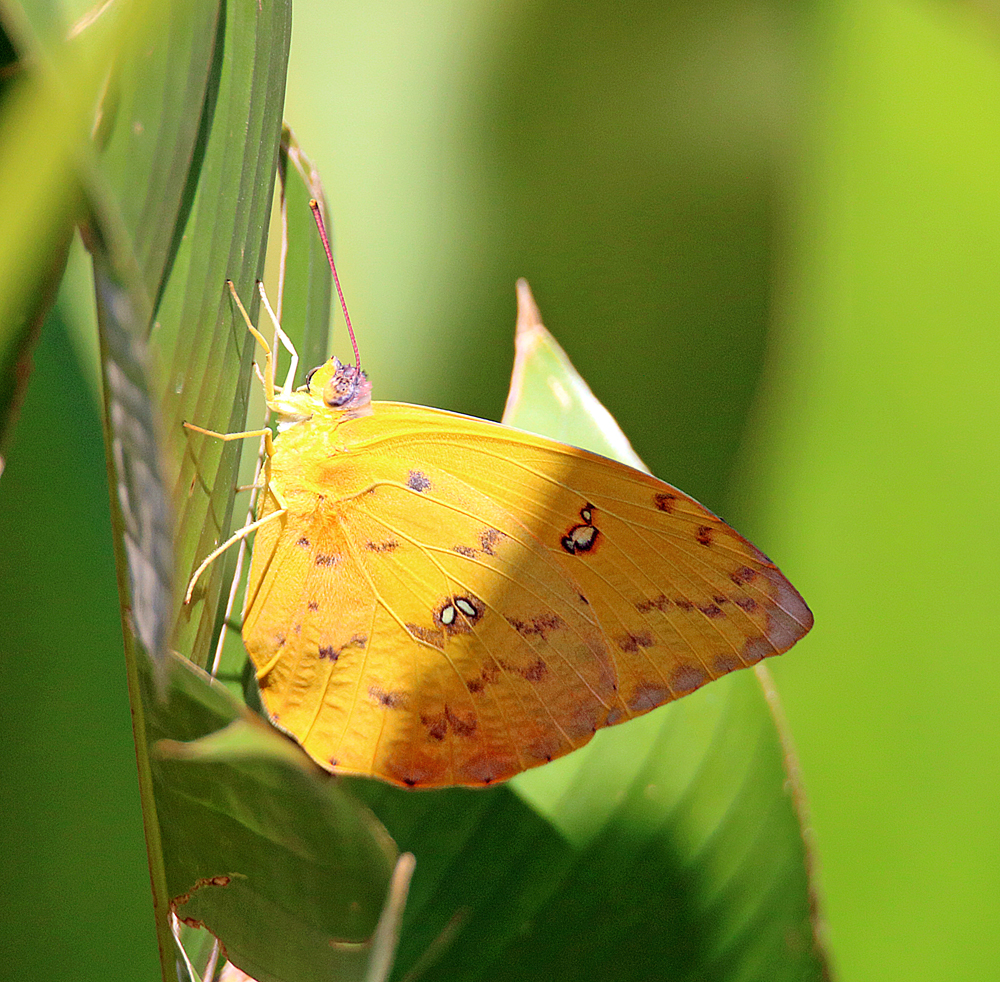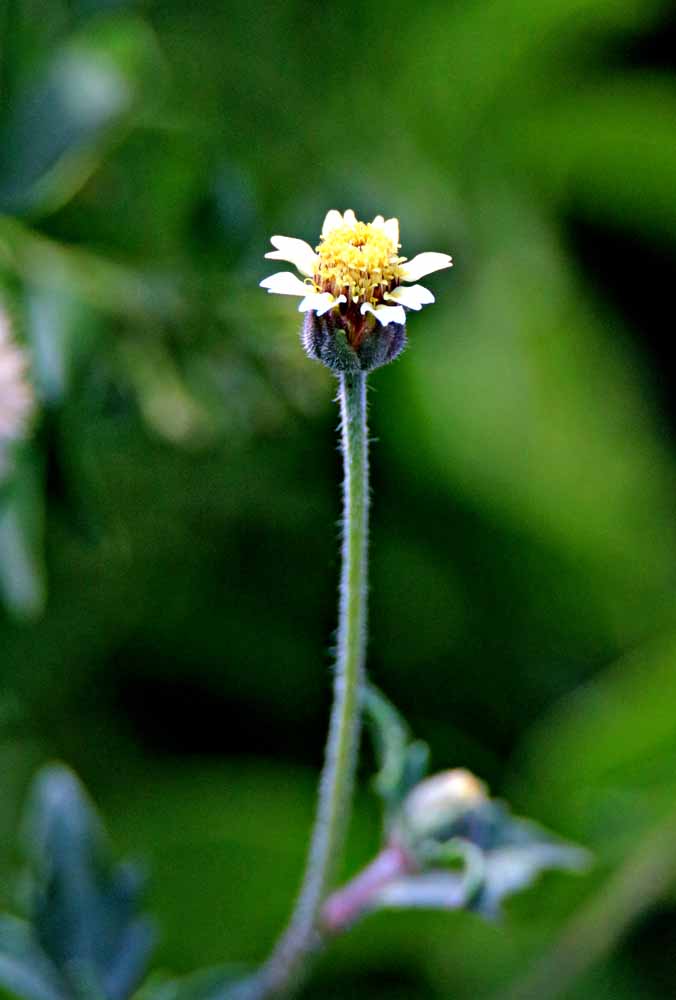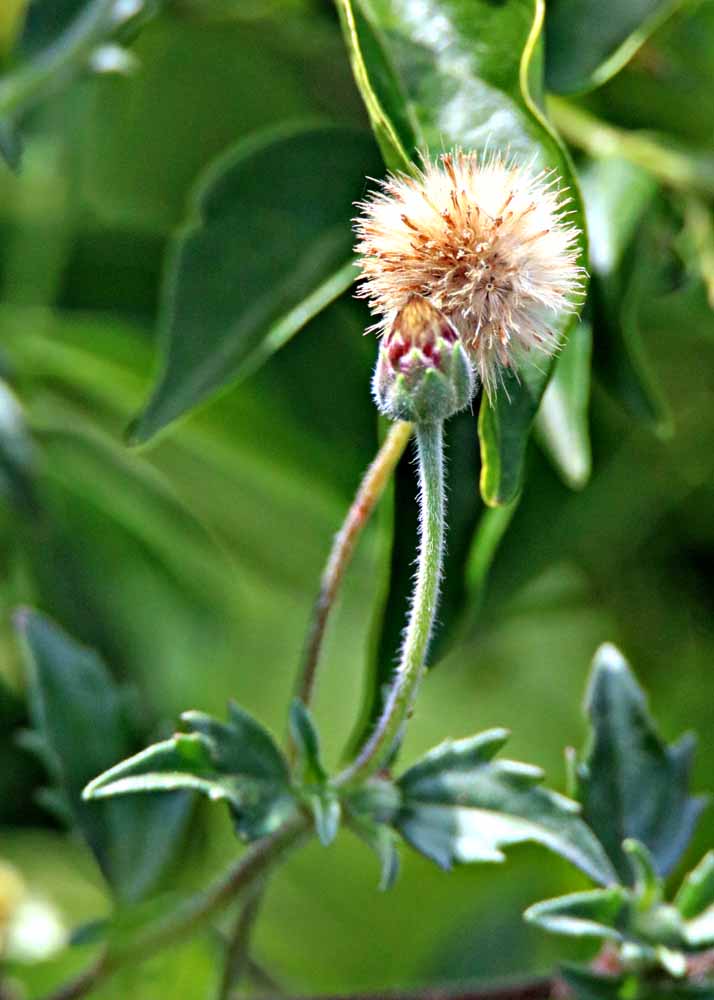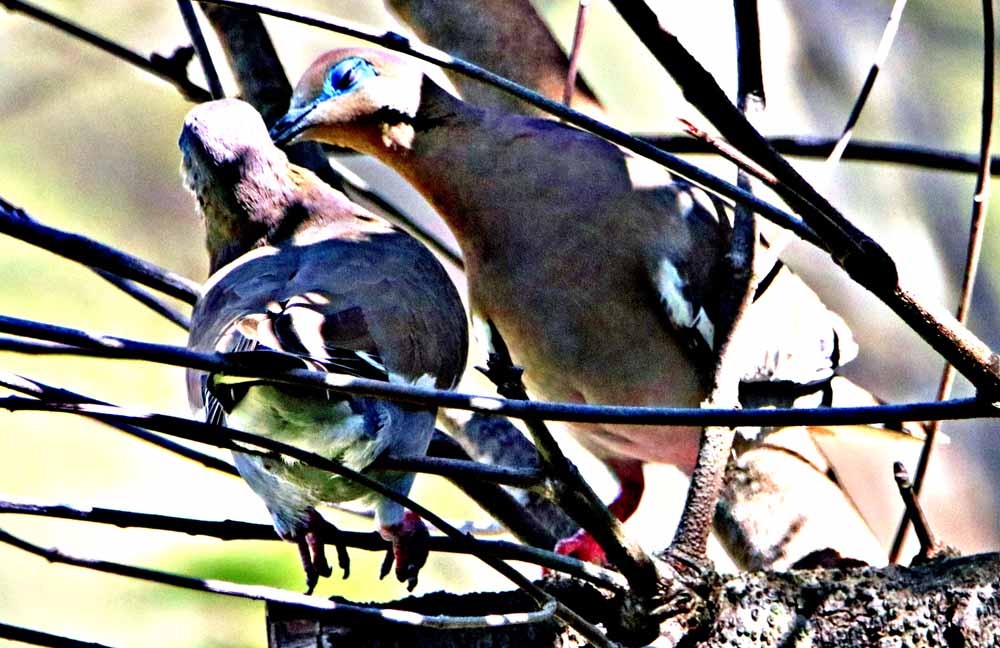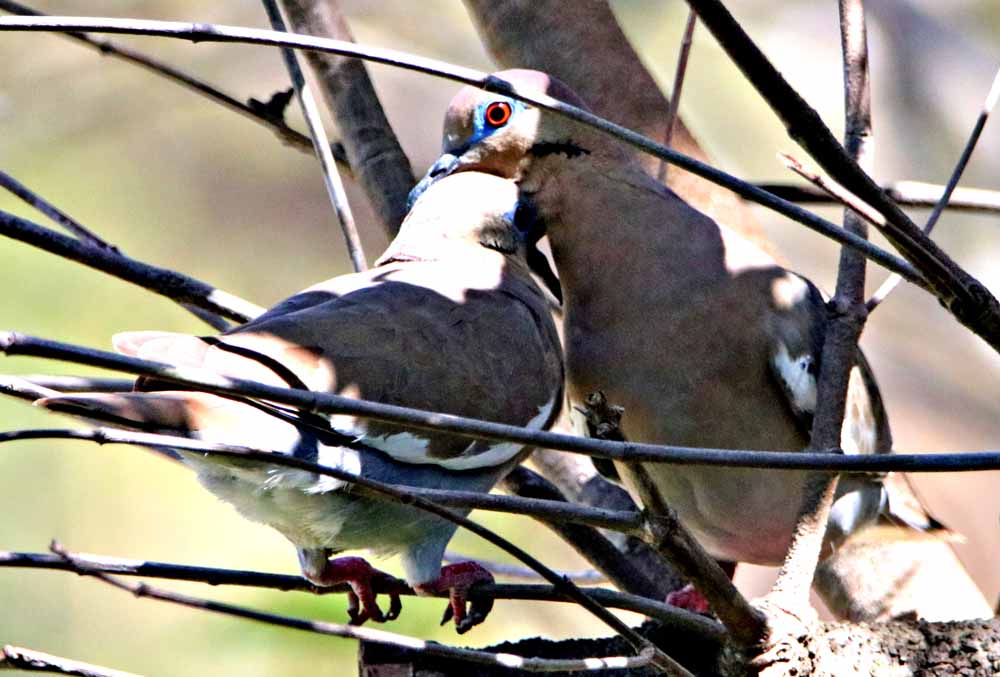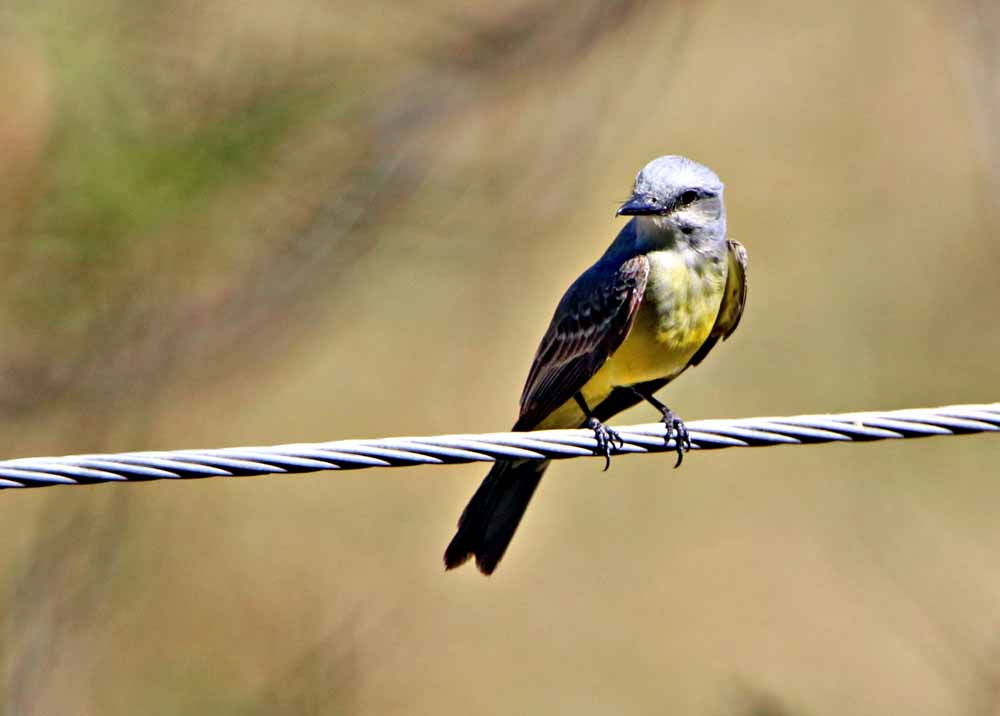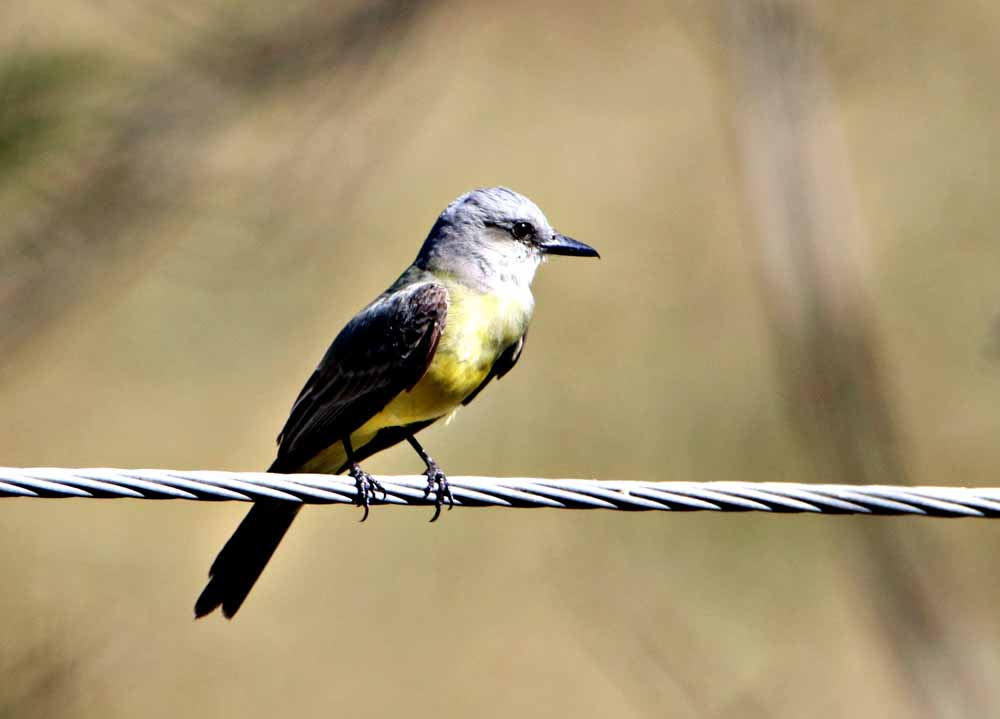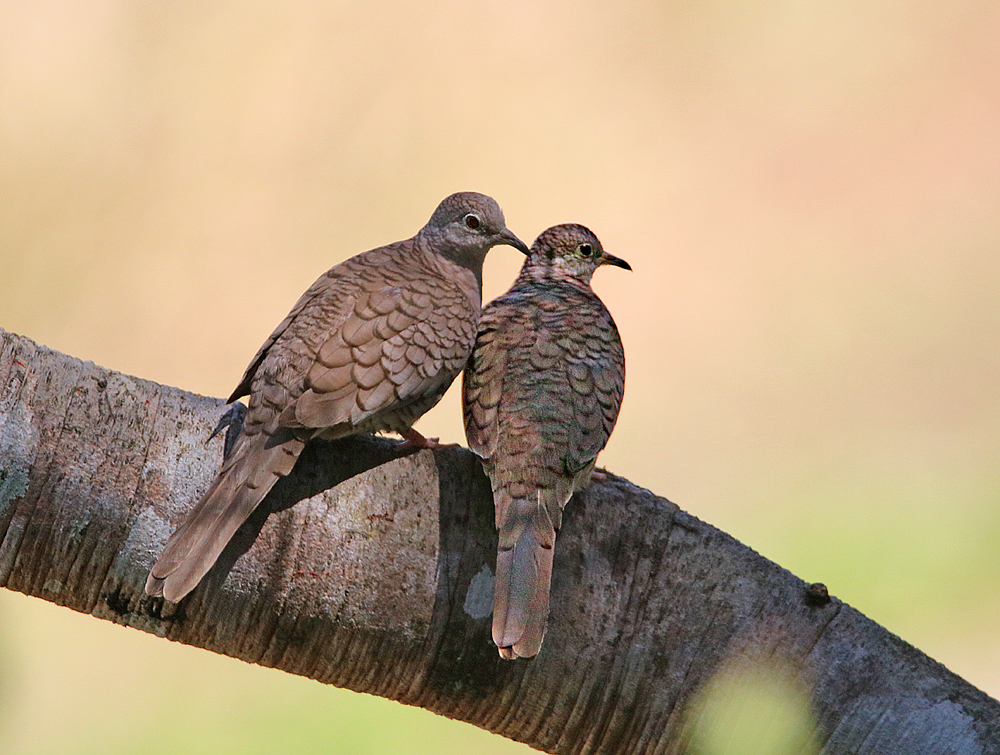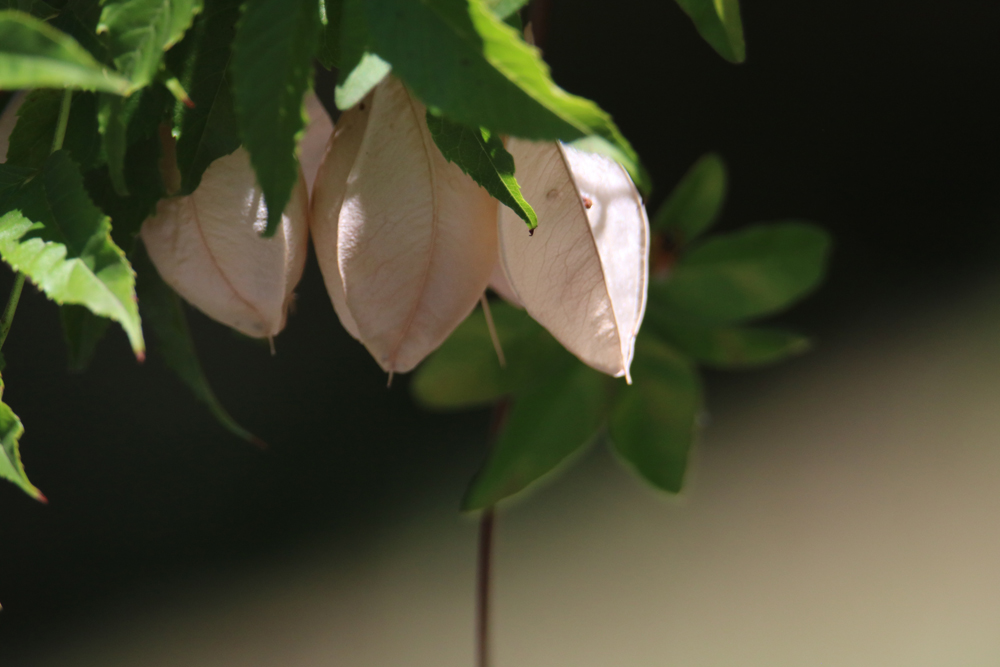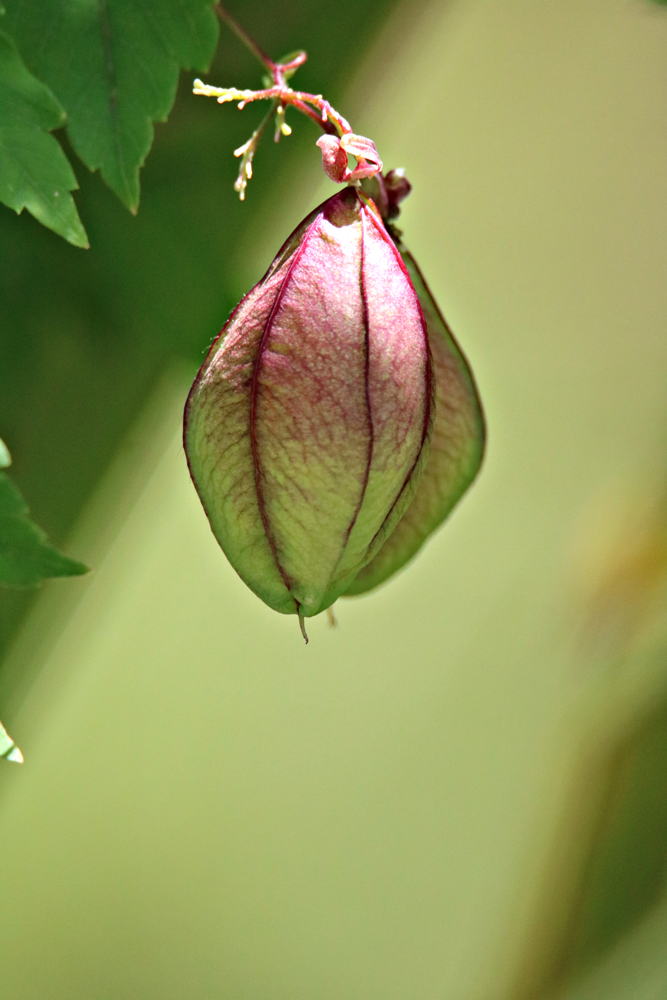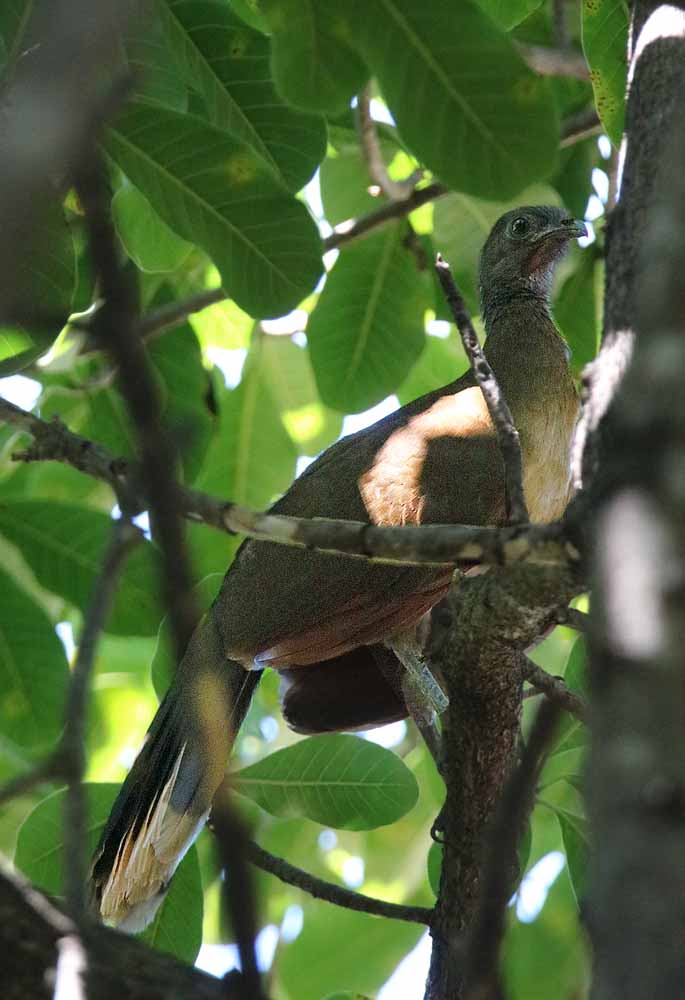It has been a similar problem with other photographs: MORNING SHADOWS in the trees. This original photo was more of a silhouette and of course the English name describes the bird accurately as “Clay-colored Thrush,” while my effort to remove the shadows left him more “electric blue.” 🙂
This is one bird that I prefer the Spanish name for, Yigüirro! I love just saying it and it’s not long until in April and May when he will be singing in the rains for the beginning of our rainy season! I can’t wait! I prefer the rainy (green) season! 🙂
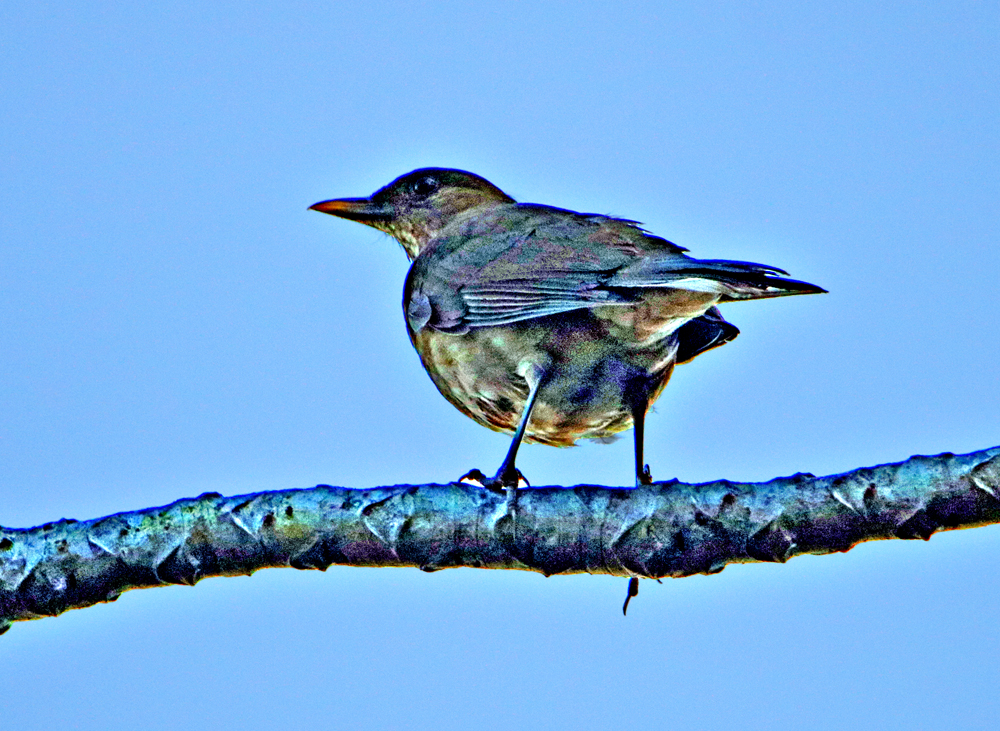
See what they really look like in my Clay-colored Thrush Gallery!
¡Pura Vida!
